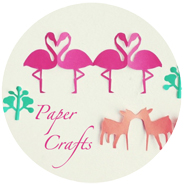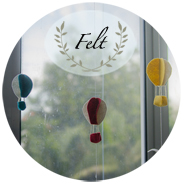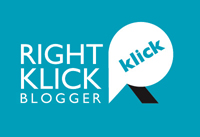
One of the ways to get your child started on learning how to read is to learn to recognise the alphabets. Apart from knowing the form of each letter, children need to learn and use the Alphabetic Principle, i.e., system of letters associated with a series of sounds, to acquire phonemic awareness.
Phonics instruction is an essential ingredient in early reading instruction. The majority of English words are phonetically regular, thus teaching the most common sound-spelling relationship is extremely useful for readers. When children are able to learn the relationships between letter and sounds, most of them will be able to successfully decode words and English words become accessible to them in print.
So when should you introduce alphabets to your child? From 2 years old to 4 years old, language is developing very quickly. Thus it is the best time to provide children with experiences that are relate to the development of phonics and literacy.
Alphabet lessons at home should not be just based on the child’s age, but on the readiness of each child. Each child differs in their rate of progress, some 3 year olds will be able to work happily on phonic activities while some others will prefer to work on kinesthetic activities and craft. Some 3 year olds will immediately show that they understand the idea of the sound, while some others will not. It is important that the parent offers a hands-on experience that a young child will enjoy, with no pressure and no failure.

The best method of introducing the alphabet or teaching reading is that it is delivered through a pressure-free, enjoyable multi-sensory experience; incorporating visual, auditory and kinesthetic elements. There is no need to introduce sounds in an alphabetical order, start with easily recognisable sounds that begin familiar words related to interesting objects and concepts.
View this video to learn the individual letter sounds for all the alphabet :
For more alphabet phonic practice, drop by these interactive sites online:
– Starfall: Click on letters and hear the sounds and words beginning with the letter
– Chicken Coop : Practice Phoneme matching
– Sounds Fun : Click on the alphabet for the right sounds
And here are some of my alphabet lessons introducing alphabets to my son, K :
– Letter B
– Letter F
– Letter M
—-
Click here for the directory of Home-Learning posts on this blog.























